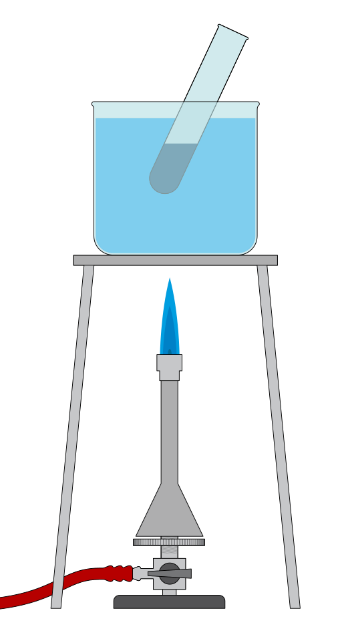Fehling Test - Meaning, Definition, Purpose & Principles, FAQs
What is Fehling solution test
For estimating or identifying the amount of reducing sugar present in foods, the Fehling test reaction is commonly used. A chemist in Germany named H.C. When comparing functional groups with water-soluble carbohydrates in ketones, Von Fehling is widely used. Fehling test reaction is given by formaldehyde.
The purpose of Fehling’s test
Analyse a solution for carbohydrate content.
A sugar reducer can be distinguished from a non-reducer
Also read -
The Fehling solution test
Fehling test reactions are normally performed with a solution that is freshly prepared in laboratories. A copper (II) sulphate-containing solution, Fehling solution A, is the original form of the solution. Fehling solution B is a solid solution that is formed from the reaction between Fehlings solution A and Fehling solution B. An alkali containing sodium hydroxide. Normally Fehling solution B is a clear liquid containing potassium sodium tartrate (Rochelle salt). After combining the two Fehling solution A and B in equal amounts, the final Fehling solution test is deep blue. Deep blue contains the Cu2 complex. This solution contains tartrate tetra-anions which act as chelators.

Methodology
Following are the steps to be followed;
Sterile test tubes should be used to hold the specimen.
Another tube should be containing purified water as a control.
Tubes will be filled with Fehling’s solution.
Water baths are ideal for holding tubes.
Inspect the precipitates for reddish colour and report it.
A positive result is obtained if the reddish-brown precipitate is produced, whereas a negative result is obtained if there is no indication of the precipitate.
Be careful when using Fehling’s solution since it is typically corrosive. Therefore, goggles and gloves, as well as protective gear, are always advisable.
Read more :
Fehling’s Test: Reactions
According to Fehling’s Solution, the reaction between copper (II) ions and aldehydes is:
RCHO + 2 Cu2+ + 5 OH- → RCOO + Cu2O + 3 H2O
Tartrate is added once the solution is prepared
RCHO + 2 Cu(C4H4O6)22- + 5 OH- → RCOO-+ Cu2O + 4 C4H4O62- + 3 H2O
Tests commonly used by Fehling’s
Fehling’s test is used in a few common situations. Carbonyl groups in aldehydes or ketones are characterized with this test. The oxidation of aldehydes results in a positive outcome. Alpha-hydroxy ketones are the only ketones that react. Aldose monosaccharides and ketose monosaccharides pass the Fehling test reaction, which is also used for general monosaccharide tests. Also used in medical science, the Fehling test reaction measures the presence of glucose in the urine. Diabetics should be informed if they are at risk.
NCERT Chemistry Notes:
The principle of the Fehling test reaction
Chemical reagents and Fehling’s reagents are used to distinguish between aldehyde and ketone groups in a solution so the sugar reduction activity in the sample can be identified. Fehling solution A solution is an aqueous solution of the copper mixture of copper sulphate, while Fehling solution B solution consists of alkaline sodium. The chelation activity of the reagent is carried out by solution B in the reagent when both solutions are combined equally and heated.
If the test solution contains aldehydes or sugar molecules, they form chelated compounds with Fehling’s reagent. A reddish-brown precipitate forms when sugars are reduced or when an aldehyde group is present. Sugar reduction in a solution is detected by the Fehling test reaction. A precaution necessary for the efficacy of this test is the preparation of new reagents. Positive results are obtained with Fehling reagents such as glucose, fructose, and lactose.
Also check-